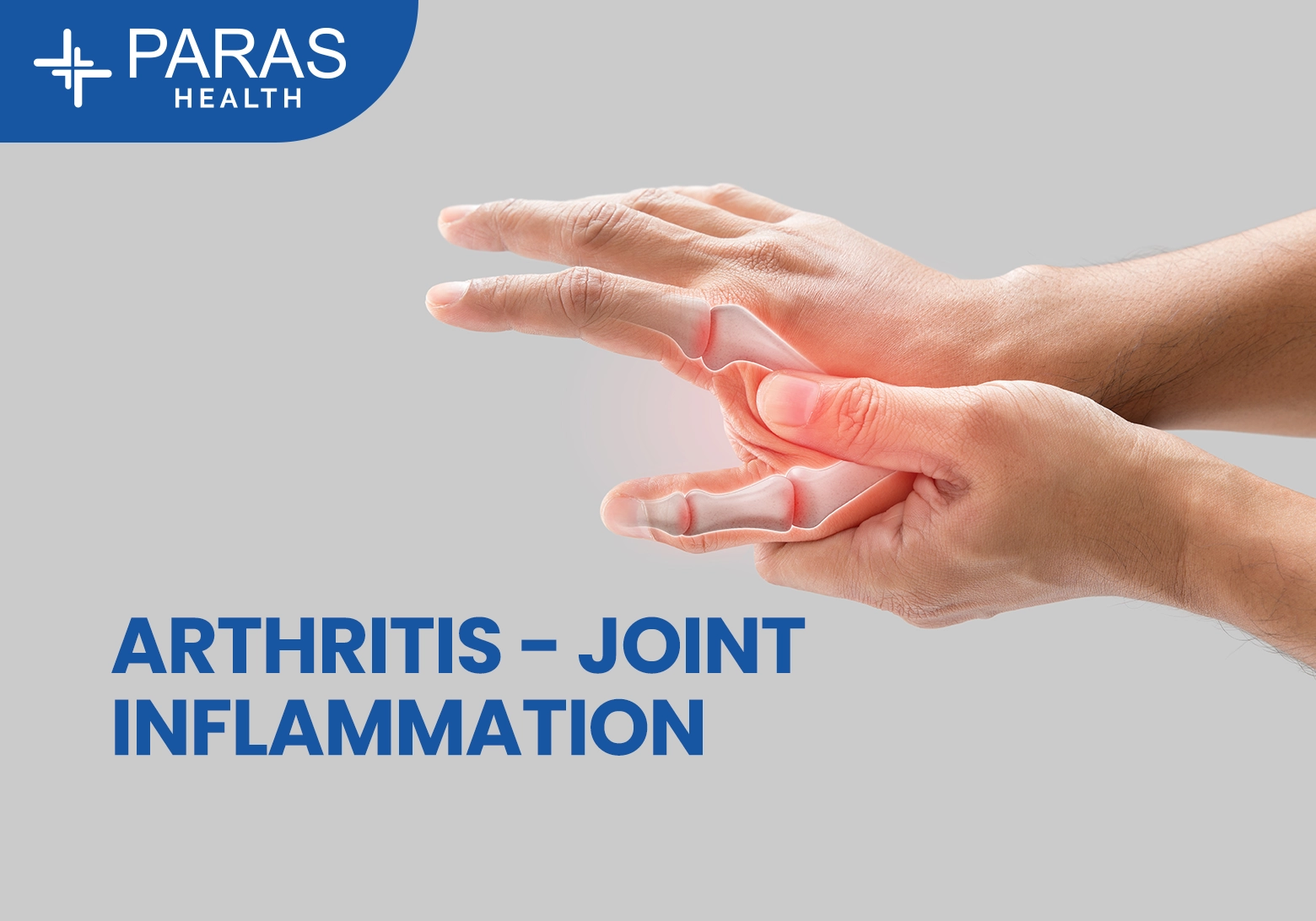Is Bone Marrow transplant only Cure for Thalassemia?
Apr 19, 2022
Is Bone Marrow transplant only Cure for Thalassemia?
Thalassemias are a group of inherited blood disorders in which there is an abnormal synthesis of Alpha or Beta chains of the hemoglobin. Thalassemia is posing a significant health burden on the parents and the existing health infrastructure in our country. There are almost 200 different types of mutations existing as of today. Each year approximately 70,000 cases of Thalassemia Syndromes are diagnosed each year. It is estimated that 80-90 million people globally are thalassemia carriers and alone southeast and middle east Asia has 50% of these carriers alone. Consanguinous marriages, lack of detection of Thalassemia carriers/traits are a big reason for this high number. Approximately 25,000 children each year are diagnosed to have Transfusion-dependent thalassemia. As of today if we estimate an average life span of a thalassemic to be 40 years; then at each given time the world has a burden of 10 million thalassemias. now, this is a huge burden on the health infrastructure of the country as well as an emotional and financial burden on the parents.

In developing nations like our own, the average life span of a thalassemic is still 20 years. Awareness, Ignorance, accessibility of services, and lack of prenatal detection are factors responsible for India having a large chunk of thalassemias. As of date survival of a Thalassemia patient depends on regular blood transfusions, adequate iron Chelation(to control iron overload symptoms), and stringent monitoring of complications. Despite that, the average life span is much lower than the average life span of the general population. But today there exists a cure ‘ Bone Marrow Transplant’. It is the standard of care today and a well-tolerated procedure for Thalassemia. Accessibility, expertise, and high costs of treatments have kept patients away from it. Gene therapy has been shown to be promising but it’s out of reach for the general population as of date.
Prevention must be the key. Hence awareness campaigns, genetic counsellings, prenatal testings, and propagating genomepatris must be popularised. All anemics should be screened and young couples must be encouraged to get tested for carrier states prior to planning a baby.
How does a Bone marrow transplant work?
Bone marrow transplant/hematopoietic stem cell transplant/stem cell transplant is a procedure in which diseased stem cells(blood-forming cells) are replaced by normal stem cells after giving chemotherapy to eliminate the diseased stem cells. It is an intensive medical procedure where stems cells are taken from the donor(Normal person- Nonthalassemic or Carrier) and injected into the recipient(Thalassemic) who has previously received high dose chemotherapy(to eliminate all the unhealthy stem cells). After that one waits for a stipulated time for the healthy stem cells to multiply and start growing into the recipient’s body(a process called engraftment). Once engraftment occurs the child is given immunosuppressive medications(to avoid rejection and GVHD) for 6-8 months.
This is a highly risky and complicated procedure and many life-threatening complications can occur like infection, rejection, GVHD, and death. Hence all pros and cons must be monitored before starting the procedures.









